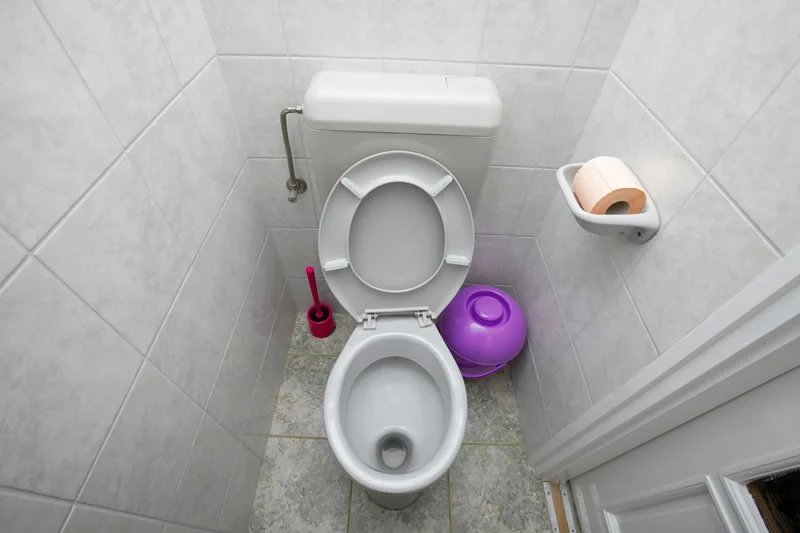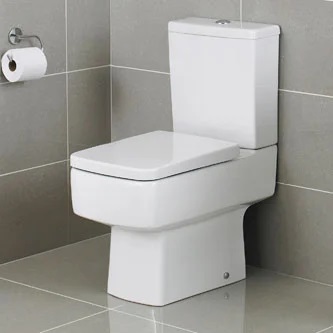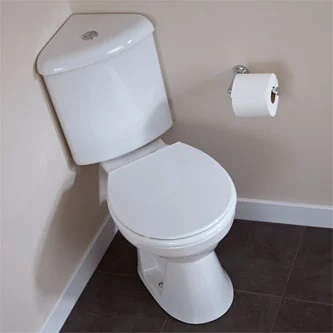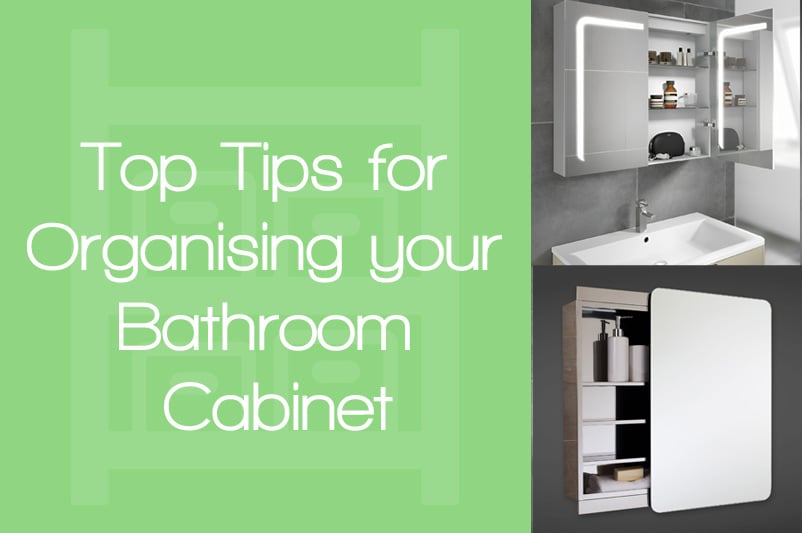What Are the Rules About Installing a Downstairs Toilet?

Ask anyone who has small children what they would most like to change about their home and chances are that they would say they would love a downstairs toilet. Although most modern homes have a downstairs loo as standard, and some very old properties have the only bathroom in the house on the ground level, in most houses built from the 1930s right through to the 1980s, there is no bathroom downstairs. Adding one can bring a whole host of benefits not just for families with children, but for anyone who has ever queued to get into the only bathroom in the house, or who has dealt with muddy footprints trailing up the stairs after a dash into the bathroom from the garden. But adding a downstairs toilet isn't as simple as it might first appear, and there are many rules and regulations to consider.
Planning permission is generally not required to add a bathroom into a property, assuming it is not forming part of an extension to the building. The rules do vary across the country though, and the law will be different for people living in a listed building or within a conservation area. The golden rule when it comes to planning any sort of alterations to the house is that if in doubt, check. A quick phone call to the Council before you start knocking walls down or buying tiles may save considerable time and hassle in the long run. Building Regulations will most definitely apply in all cases of adding a downstairs toilet. Building Regulations are concerned with making sure that things are done correctly, especially with regards to plumbing, drainage and ventilation, and without a building control completion certificate your property will be very difficult to sell in the future. Building Control departments at local Councils are generally approachable and friendly and are happy to give general guidance over the telephone or by email to ensure you are keeping within the guidelines.
Every Case is Different
Although there are general building regulations which apply to most cases, every home is different and every plan to install a downstairs toilet is different. Never assume that just because someone else has done a similar project in the past that the rules will be the same; regulations can and do change over time and what was permitted in the past might not be allowed now. Either speak to your local Council's Building Control department and invite an officer round to discuss your plans or work with an architect or experienced builder whose job it is to keep up to date with what is and is not permitted.
Accessibility
One of the main stumbling blocks when installing a downstairs loo is that many councils will demand that any toilet installed on the ground floor level of a house is fully accessible for people who use wheelchairs. The door frame has to be wide enough to get a wheelchair through, and there needs to be enough floor space to park a wheelchair and manoeuvre it around.
Doors & Handwashing
This stipulation in many cases rules out converting a cupboard or space under the stairs into a downstairs loo as there is just not enough space. There are also rules about having toilets opening directly onto a living space or a kitchen rather than a hallway or a bedroom. Previously there was a “two door” rule enforced between any toilet and the kitchen but these rules have now been relaxed as long as the new bathroom includes a sink for hand washing.
NOTE:
As you can see, these rules are complicated and to keep on the right side of the rules it pays to seek expert help and guidance, just to be on the safe side.
Drainage and Ventilation
The other two areas which Building Regulations are concerned with surround drainage and ventilation. There are rules about having to have a window or extractor fan or both, and the building control officer will also want to see that you have investigated where the drains are and have ensured that you have connected the waste from your new loo and sink into a drain which is large enough to cope with the increased flow. It's not simple and straightforward, and it's important to keep on the right side of Building Control both for safety reasons and to make sure you are not damaging the value of your property by making unauthorised changes.

Close Coupled ToiletsThe most popular toilet in the UK, and includes pan, cistern and seat. We have a large selection to choose from and each one is perfect for a downstairs toilet. |

Corner ToiletsA corner toilet is perfect for those installations where space is needed and is the perfect solution when installing a downstairs loo. |





